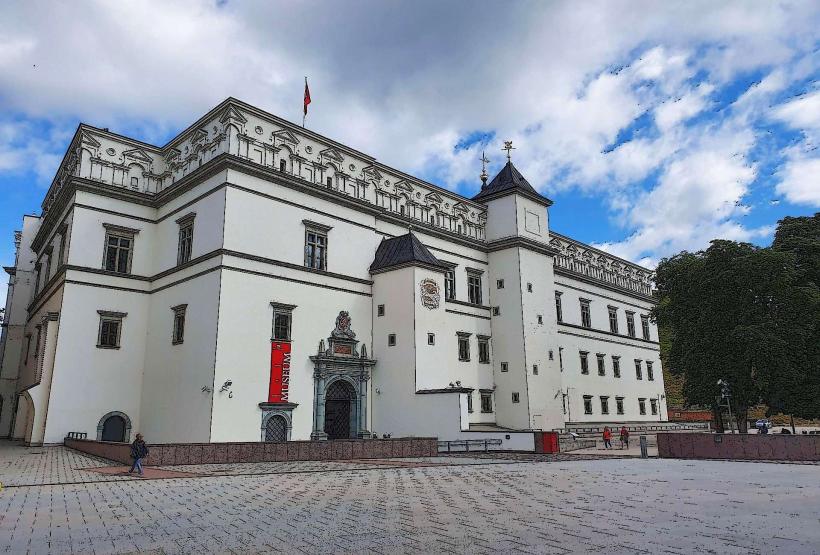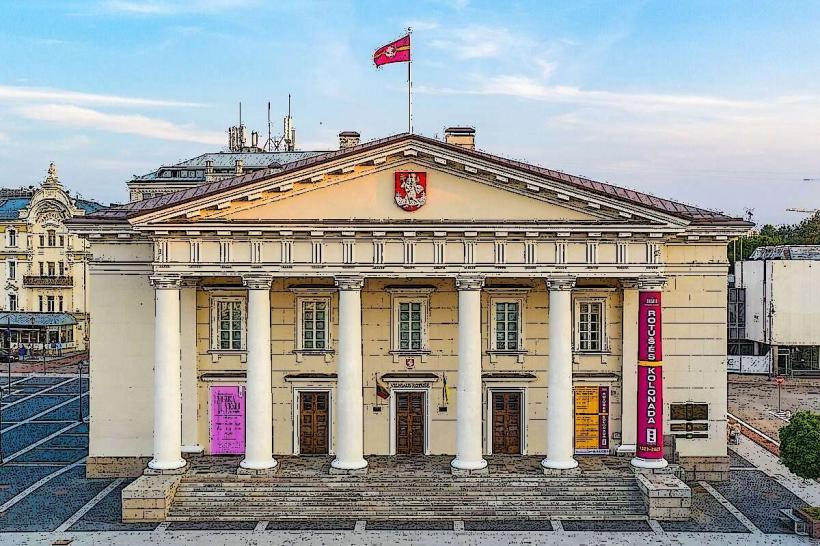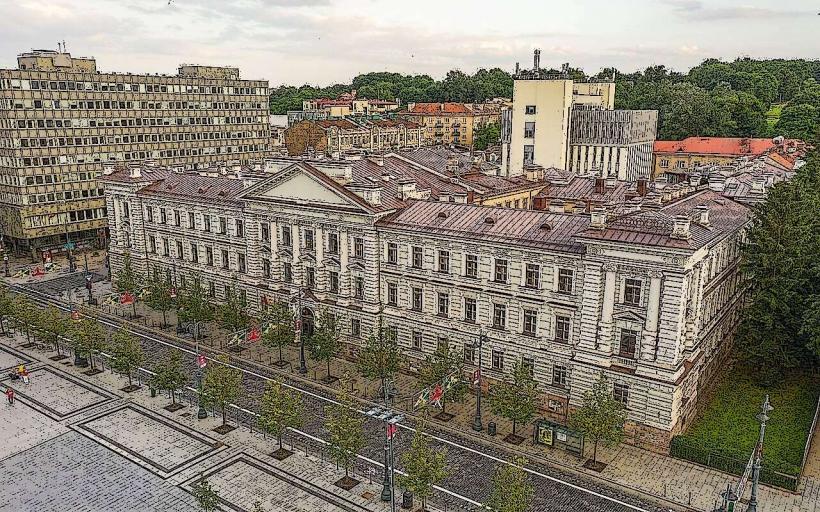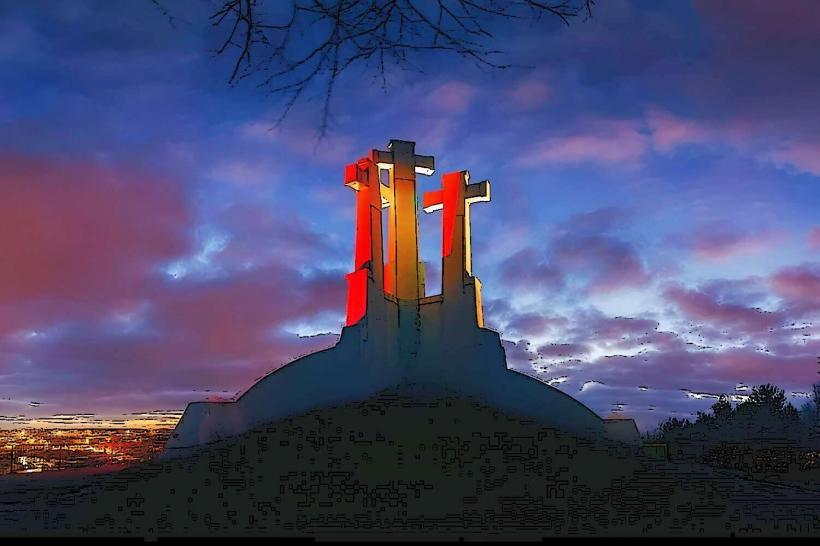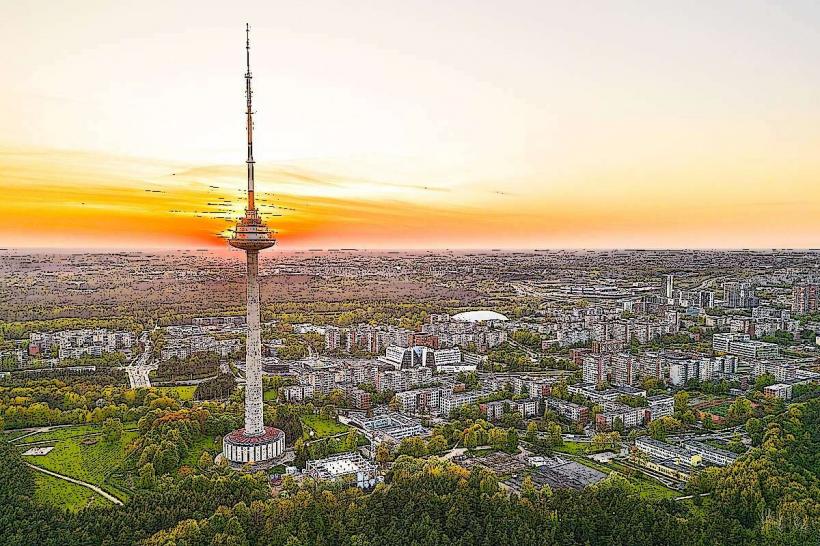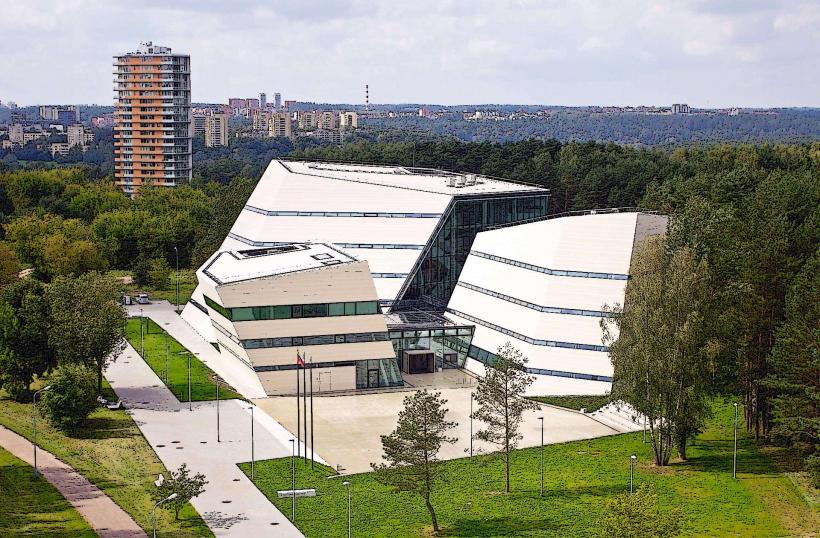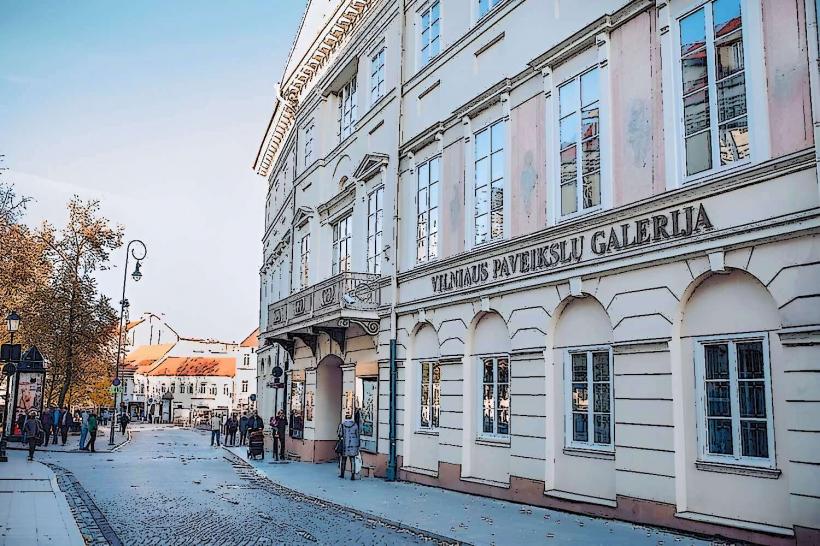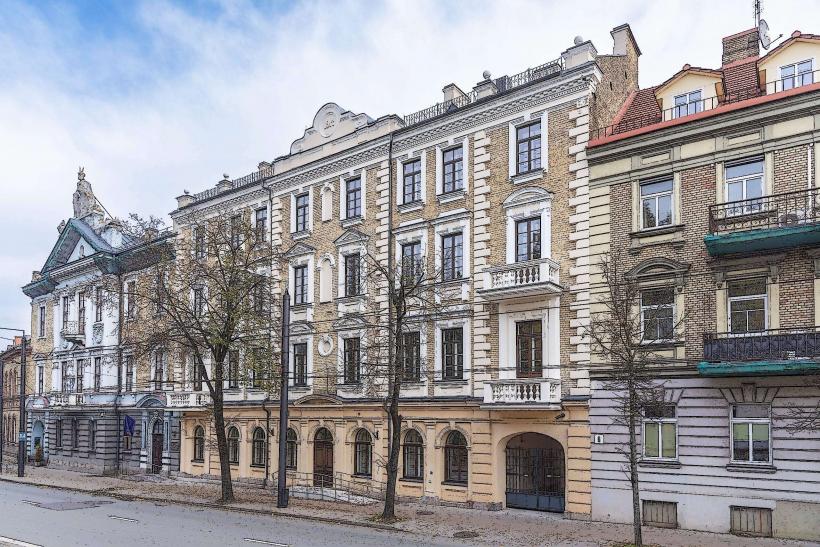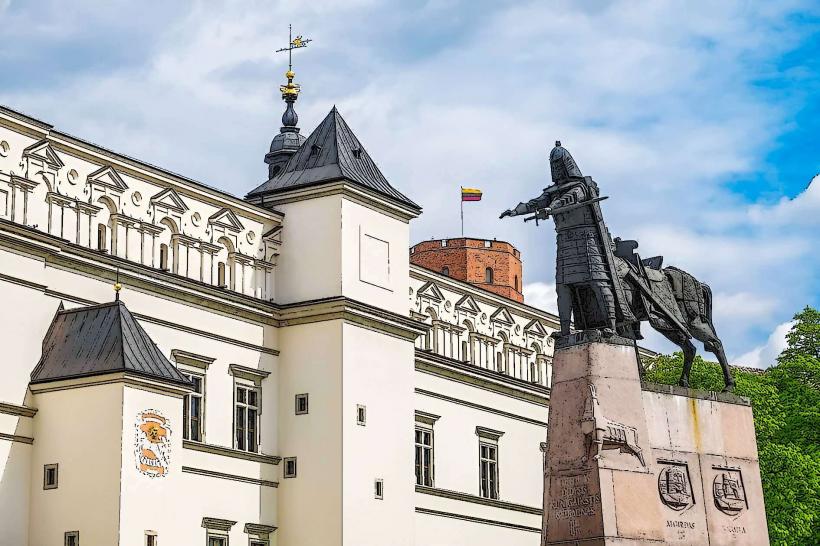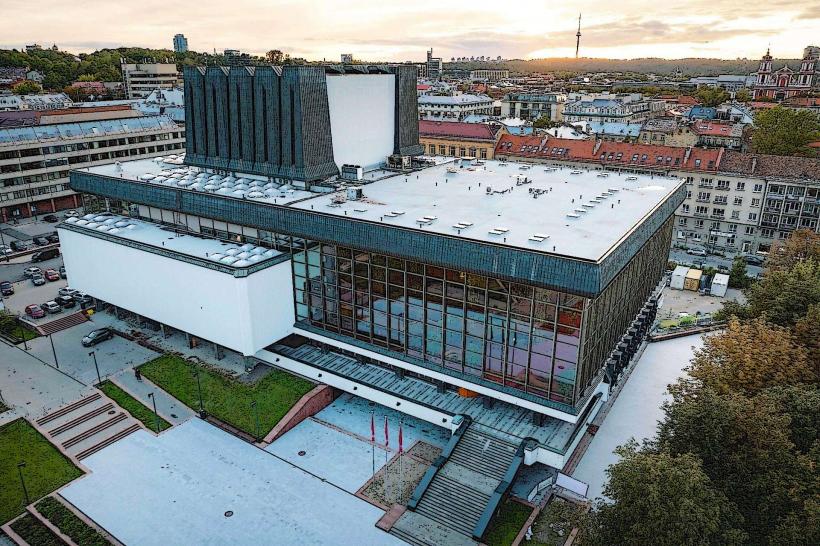Information
Landmark: Vilnius University ObservatoryCity: Vilnius
Country: Lithuania
Continent: Europe
Vilnius University Observatory
The Vilnius University Observatory (Lithuanian: Vilniaus universiteto observatorija) is one of the oldest and most historically significant astronomical institutions in Lithuania. Located in Vilnius, the observatory has played a central role in the development of astronomy and scientific research in the region. Its rich history and its role in Lithuanian scientific heritage make it an important site for both scholars and visitors interested in the history of science.
History and Founding
Founding: The Vilnius University Observatory was established in 1753, making it one of the oldest scientific institutions in the Baltic region. It was founded under the direction of Marcin Poczobutt-Odlanicki, a prominent Polish-Lithuanian astronomer and mathematician. Poczobutt was a professor at Vilnius University and was deeply involved in the development of astronomical sciences in the region.
Role in the 18th Century: During its early years, the observatory was one of the key centers of astronomical research in the Russian Empire. It was instrumental in studying the stars and planetary movements. The observatory’s location, in the heart of Vilnius, provided an advantageous site for celestial observations, and its efforts contributed to the mapping of the night sky and astronomical catalogues of the time.
19th and 20th Centuries: Over the centuries, the observatory's role in Lithuanian and European science grew, though it faced challenges, including being closed temporarily during periods of political upheaval. Despite these challenges, it continued to function as an important center for astronomical education and research.
Soviet Era: During the Soviet period, the observatory was part of a broader network of scientific institutions in the USSR. While its research focus continued to include astronomy, it also expanded to include physics and space science as part of Soviet interests in space exploration.
Post-Independence: After Lithuania regained its independence in 1990, the observatory became part of the revitalized Vilnius University’s efforts to reassert its academic presence. The observatory continues to be active in modern astronomical research and public outreach, maintaining its historical legacy while also contributing to contemporary scientific fields.
Architectural and Historical Significance
Historic Observatory Building: The observatory is housed in a neoclassical building that was constructed in the late 18th century. The architecture of the observatory is distinguished by its classical style, featuring large windows designed to provide optimal visibility for astronomical observation. The observatory’s dome, which houses the telescope, is one of its most prominent features.
Telescopes: The observatory is known for having hosted some of the most advanced telescopes of its time, including the famous Fraunhofer telescope, which was built in the early 19th century. This telescope was used for observing planets and stars, and its design became influential in the field of astronomical instruments.
Astronomical Instruments: The observatory also houses several historic astronomical instruments, including solar and star charts, astrolabes, and other tools used in the study of celestial bodies. These instruments were essential for the detailed work of astronomers and were used to map the stars and track celestial movements.
Astronomical Research and Contributions
Star Catalogs and Observations: The observatory played a key role in the development of astronomical catalogs. One of its significant achievements was the cataloging of stars, which helped improve the understanding of the night sky. The observatory's early work was pivotal in the field of celestial mechanics and contributed to the refinement of astronomical measurements in Europe.
Poczobutt's Legacy: Marcin Poczobutt-Odlanicki, the first director of the observatory, made major contributions to the study of planetary orbits and stellar positions. His work in astronomical navigation was influential in European scientific circles. His efforts to improve the accuracy of star observations and the development of astronomical instruments laid the groundwork for future research.
Modern Research: Today, the observatory is involved in modern astronomical research, focusing on fields like stellar evolution, solar system studies, and astrophysics. It continues to operate telescopes for astronomical observations, and its staff conducts research in collaboration with international scientific organizations.
Vilnius University Observatory and Education
Educational Role: The observatory remains an important part of Vilnius University’s academic offerings, serving as a teaching tool for students studying astronomy, physics, and other related sciences. It is involved in student research, providing opportunities for hands-on experience with telescopes and astronomical instruments.
Public Outreach: The observatory is also open to the public for educational and outreach purposes. Visitors can tour the observatory, learn about its history, and attend astronomical observation sessions. The observatory hosts regular astronomy nights, where the public can observe the stars and planets through the telescopes, often accompanied by informative talks and discussions led by expert astronomers.
Astronomical Events and Exhibitions: The observatory frequently organizes astronomy-related events, including exhibitions on the history of astronomy, the latest scientific discoveries, and the technological advancements in the field of space exploration.
Visitor Experience
Tours and Exhibitions: Visitors to the Vilnius University Observatory can enjoy guided tours of the observatory, which offer insight into both its historical significance and its modern-day research. Exhibits at the observatory often highlight the history of astronomy, the development of scientific instruments, and the legacy of Lithuanian astronomers.
Astronomical Observation Nights: The observatory organizes star-gazing events where visitors can use the telescopes to observe the stars, planets, and other celestial objects. These events are popular for both educational purposes and as a way to engage the public with the wonders of the night sky.
Events for Schools: The observatory also offers educational programs for school groups, with special tours and activities designed to foster interest in science, technology, and space exploration.
Conclusion
The Vilnius University Observatory stands as a remarkable institution with a rich history of astronomical research and scientific advancement. As one of the oldest observatories in the Baltic region, it has played a significant role in the development of astronomy and space science in Europe. Today, the observatory continues to be a hub for modern scientific research and public education, offering a unique opportunity to learn about both the history of science and the latest discoveries in the field of astronomy. Its combination of historical significance, educational outreach, and scientific contributions makes it an essential landmark in Vilnius for anyone interested in the sciences and the stars.




